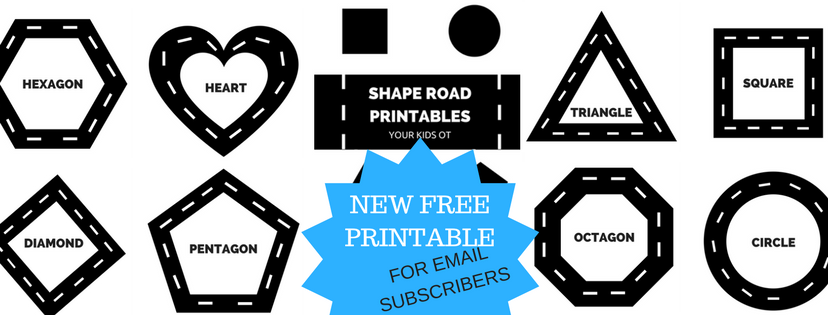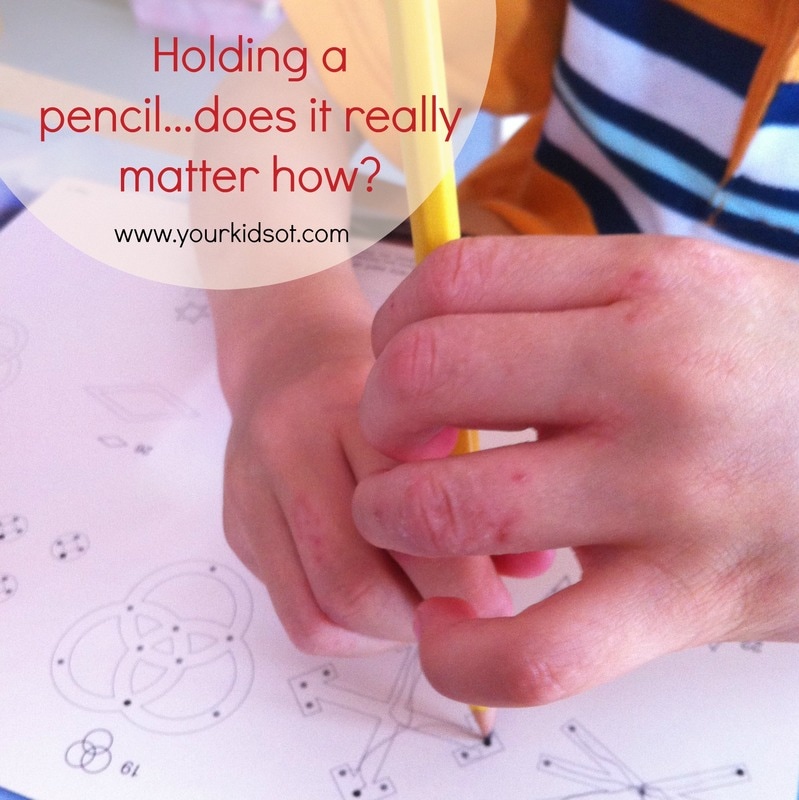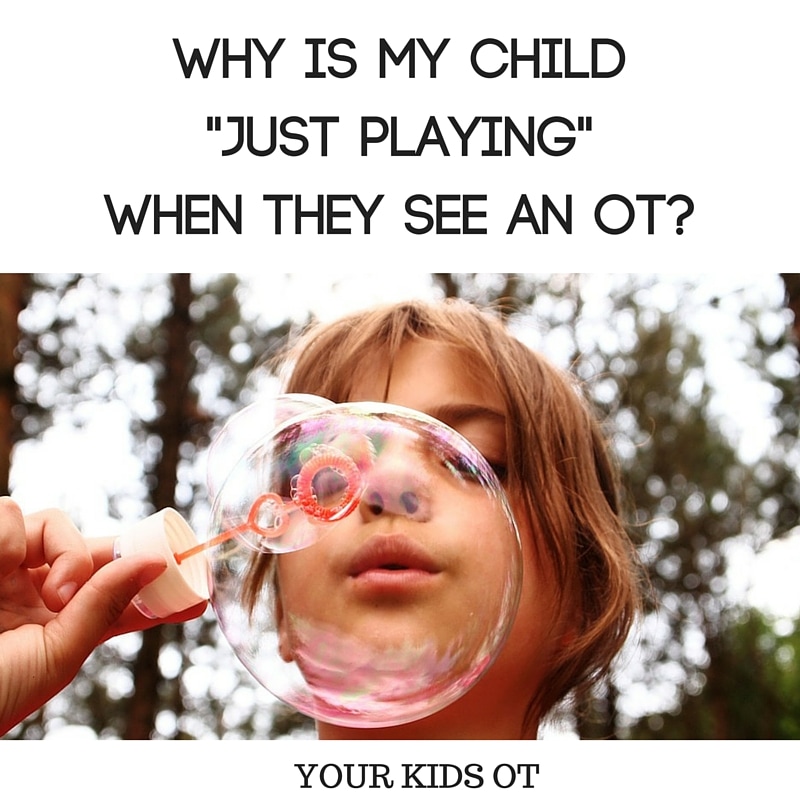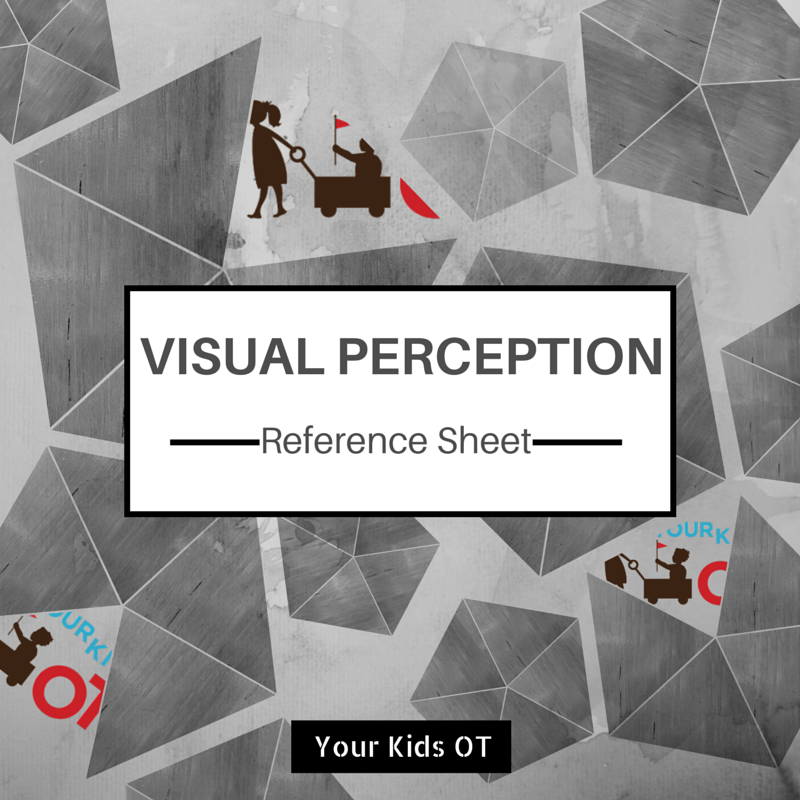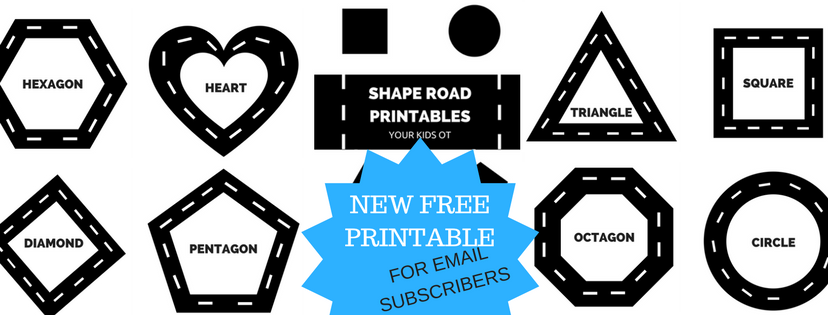Proprioception: Heavy Work
Activities where the body has input to the muscles and joints. This may involve lifting, pushing, pulling objects and a child's own body weight. {Read more here}.
A “sensory diet" aims to help a child level it all out and cope. Different authors describe this in different ways.... "modulating" or "regulating" or "getting their engines ready", etc. If you are concerned that your child may have a sensory processing disorder, contact an Occupational Therapist for an assessment. The assessment typically involves an interview and questionnaire completed by parents and teachers as well as observation of your child.
The following are examples of activities that may be included in a "sensory diet" in a home environment where specialised equipment may not be available. These activities are generally suitable for all children, however, professional advice should be obtained if you are uncertain (particularly with the vestibular system) about which activities or combination of activities to try. Consideration should also be made regarding your child's age and cognitive abilities. The activities have been categorised but also be aware that all the sensory systems are connected so one system may affect another. After trialing the activities with your child, make note of the affect of the activities. Does it calm your child, arouse them, over arouse them? Use this resource to help work out which activities work for your child. ——->Activities for me! There are over 100 activities that I have put together here so if you are overwhelmed don't feel like you need to try them all today. Two great resources now available so you can print out activity suggestions! This are practical resources for parents, teachers and therapists! Read more about the Sensory diet activity reference sheet (similar to the activities listed here) and a more detailed Sensory Diet Activity Guidebook (includes explanations about each sensory system and activity suggestions)! 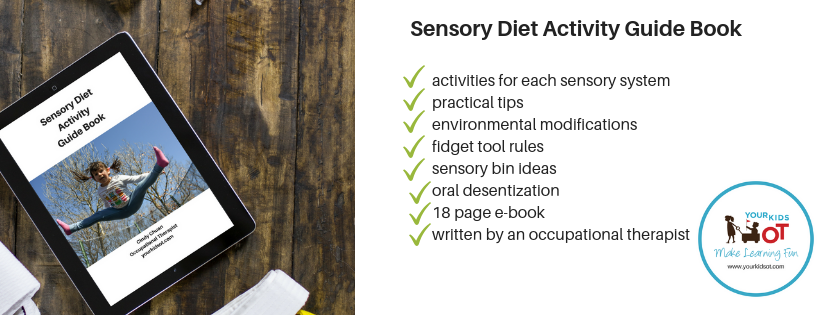
Activities for a sensory diet...
Vestibular: Sense of movement and balance
Movement stimulates the receptors in the inner ear {including spinning, swinging and hanging upside down}. Head position is an important consideration during these activities.
Tactile System: Sense of touch
The tactile system discriminates touch (what and where touch occurs on the body) and processes for danger (fight or flight response). Tactile input can involve deep pressure of the skin, muscles and joints (see Proprioception activity suggestions). It may also involve modification to the environment.
Visual System: Vision
The visual system can be overwhelmed by what is seen. The most helpful way to assist the visual system is to modify the environment {eg. reduce clutter, present one item at a time, remove unnecessary information from a whiteboard, position the child at the front of the classroom, watch a snow globe, etc).
Auditory system: Hearing and listening
The auditory system is required to process what and how something is heard.
Olfactory: Smell
The sense of smell can also affect emotions, behaviour, memory and thinking as the nose receptors are connected to both the limbic system as well as the cortex. Finding the smells that calm, arouse and over arouse will help to plan how to avoid or incorporate these smells into your child's routine. Essential oils can be added to homemade playdough or cloud dough. Dried flowers can be made into sachets for clothes. Washing powder can be chosen or avoided.
Taste
The taste sense in also strongly linked with the sense of smell and oral sensitivities (see also Proprioceptive Oral activities). Taste is also linked with experience as many flavours may be accepted after repeated trials. Involve children in meal preparation, gathering ingredients and presenting the food. This week I'm looking at Sensory Processing issues. You may want to read some of my previous posts before reading this week's articles...start here.
This post will outline some general strategies that you may try at home or in the classroom. Mailloux (1992) describes these strategies as a way you can help your child to normalise the way the nervous system registers and interprets touch information.
Lane, S. & Royeen, C. (1991). Tactile processing and sensory defensiveness. In Fisher, Murray, & Bundy (eds.), Sensory Integration Theory and Practice. Philadelphia: F.A. Davis Company.
Mailloux, Z (1992). Tactile Defensiveness: Some People are More Sensitive. Sensory Integration Quarterly, Vol XX, No.3, pp 10-11
In the Miller Function and Participation Scales there is an "origami" subtest that measures this against age appropriate norms. Miller describes the skills needed for this activity to be similar to participation in home activities (eg. folding towels, napkins, clothes or the newspaper) or school activities (eg. turning pages in books or folding paper for art projects). 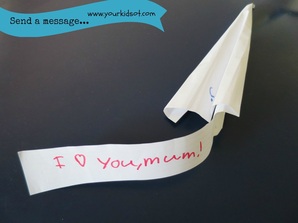 Mr 4 received a terrific book for his birthday recently with over 50 examples for folding paper planes. Whilst he needs lots of help to complete the simple ones, Miss 7 has taken over the book and has loved following the instructions to build a variety of planes. Miss 7 and Mr 4 have spent hours flying the planes {outside, inside, down the stairwell}, decorating them and turning them into characters for stories (mostly Miss 7 with that one). Miss 7 has also attached messages to some of her planes (see the photo). Best of all it is something despite their different interests and abilities that they can do together. Here are instructions for one of Miss 7's favourite planes ... the "acrobatic". Make sure you press down after each step. Do your kids enjoy making paper planes? What is their favourite? Send me a photo of your creations, I would love to see them! Note: This post may contain affiliate links. All photos and comments made here are my own.
There is a little bit of preparation before starting this recipe - measuring out the ingredients and finely slicing the cabbage and chives. You will be the best judge whether your kids can help with this or not. If you can't find Shaoxing wine, just leave it out. Kids will need supervision during the "steaming" part of this recipe depending on whether you steam on a stove top, steam over or electric steamer like I did. Tongs might be helpful to remove the dumplings after cooking. Method 1. Place pork mince, Chinese cabbage, oyster sauce, chives and Shaoxing rice wine, salt and pepper into the mixing bowl. 2. Mix with your hands until all ingredients are combined. Wash and dry your hands. 3. Spread out a layer of Gow gee wrappers onto a plate. 4. Place a heaped teaspoon of meat onto a wrapper. 5. Using your finger spread some water on the edge of one wrapper. 6. Fold the wrapper over covering the meat and press down. 7. Press the wrapper together and pleat. (To pleat pinch the wrapper and fold over, repeat). 8. Repeat steps 3-7 until all of the filling mixture is used. 9. Steam the dumplings in a single layer for approximately 12 minutes. 10. Serve dumplings with a dipping sauce or with a noodle soup. Hmmm... I'm not sure why I said 2 plates but I suppose it means you can lay out more wrappers or maybe it was for the finished dumplings... You can buy ready made dumpling dipping sauce from your local Asian grocery store or supermarket. Grownups might want some chilli sauce too! You can find an extended version of this recipe with photographs for each step at the Your Kids OT shop. All recipes have been designed for kids (with adult supervision) or for children with a disability. Have you made dumplings before? Enjoy! Looking for more recipes to get your Kids in the Kitchen? Try these...
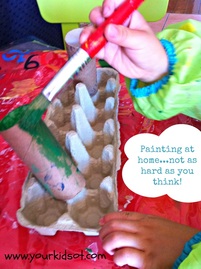 Congratulations for getting past the title...are you someone who says "I leave painting for preschool!" or "I don't let my child paint at home"? There is nothing wrong with this. I don't think that I ever painted at home as a young child... However, painting can be great fun and a way for your child to express themselves. Some of the concerns that parents have are "my child is impulsive", "my child has poor attention", "my child will paint a few scribbles and then has had enough", "there is so much effort in setting up and clearing away", "my child doesn't like it".... Any of these ring true for you? Painting at home does not need to be a daunting thing with young kids. The key is preparation and organisation (from the grown up). It may be "saved up" a rainy day activity or for the school holidays when there is less rushing around. Here is a simple painting project for toddlers and preschoolers with a few tips to make it successful for you and your child.
Presenting one colour and one cardboard roll at a time reduces impulsive behaviour. It helps a child with poor attention skills to focus on the one activity. It also helps to provide a clear "finish" point when the roll is covered in paint. The egg carton provides some stability during painting and reduces the amount of "touching" for those with tactile defensive reactions to paint.
So hands up if you shudder at the thought of painting with your kids? I hope these simple tips make it a less daunting activity to consider. It may not be an every day activity for your household but it is possible! Let me know if you step out of your comfort zone for this one.... If you enjoyed this article you may also like... The #OTLifeHack campaign (during the month of July) is an international collaboration between occupational therapy associations from Canada, the US, Britain, Ireland, Spain, New Zealand and Australia. A life hack is any trick, shortcut, or new method that solves an everyday problem, and the #OTLifeHack campaign aims to share these simple, bite-sized, consumer-friendly tips for easier daily living by using the power of social media. The campaign is taking place on Twitter, Facebook, Instagram and Google+ right now. What’s your best OT Life Hack? Search the hashtag, follow OT Australia on Twitter or Instagram, or on Facebook and join in the fun! I'm just learning about hastags but if you follow on FB... you can search #OTlifeHack on FB to find lots of brilliant ideas too. Here is one my #OTLifeHack ...playdough unstuck. 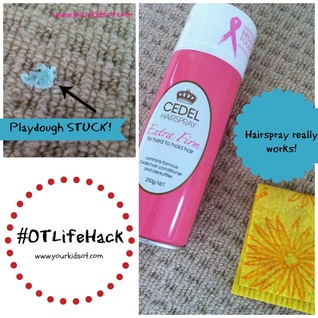 Have you ever had this problem? Playdough stuck to carpet. Dried playdough. The solution for removing it was relatively simple. I took out my hairspray. Yes, it worked! You have to trust that the after photo is the same patch of carpet but it is just a few sprays of hairspray and a damp cloth. Done. Back to original state~ reasonably clean carpet. Simple solution to an everyday problem. 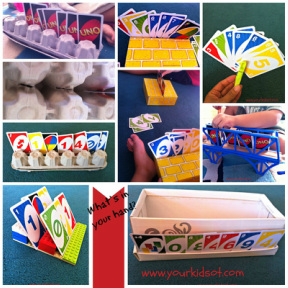 You may have also read a previous post I wrote about various ways for little ones to "hold" their cards. Read it here. Simple solutions to an everyday problem, that is what OT's are dubbing an #OTlifehack. Today I am also linking up with some other OT bloggers. Make sure you check out their #OTlifehacks too! Note that these links will be live approximately 7pm Sydney time tonight so please come back again to check these out if you are reading it earlier. What's your favourite #OTlife hack? Have you tried hairspray on stuck playdough? Disclosure: This is not a sponsored post for hairspray! Some children are very reluctant to write. They may look at a blank piece of paper and have trouble transferring their ideas from their head to the page. Others may look at the piece of paper and are overwhelmed... there is the letter forming to consider, the content, the effort on the hand, the placement of the letters, the spacing, the speed that the work needs to be done ... etc. With that list it is incredible that most of us pull through with writing. It may be that your child is working on one or a number of things such as pencil grasp, fine motor skills, letter formation, letter size or story creation ideas. Regardless, I try to encourage all the children I see for "handwriting" issues to incorporate it into their daily life. As will all skills, handwriting takes practise but no one wants to sit and write hundreds of "lines" with no purpose. Giving your child some purpose with their writing may help motivate them. Here are a few ways to encourage your reluctant writer with everyday writing...
#3: Journal writing - Keep a journal of special events {eg, holiday journal}. Provide simple writing prompts such as the date, What I did, What I ate, My favourite thing... Encourage drawing and recording how they felt during the special event. They could also record who was with them and what the weather was like. Collect tokens, tickets, postcards, stickers to add to the page. Help younger kids to "write" whilst they tell you what to write.
Is your child a reluctant writer? Writing with a purpose can be very motivating. Try one of these suggestions this week! A foundation to writing is being able to control a pencil (or writing tool) with a relaxed hand to form the lines and curves needed to make recognisable letters, numbers or symbols. We often jump in too early trying to teach kids to recognise and reproduce letters and numbers, when they haven't had a chance to master controlling the pencil for lines, curves and shapes. Writing also requires the integration of visual skills with motor skills to piece together how lines, curves and shapes stick together to form a letter or number. Mastering lines, curves and shapes will bring smooth pencil control and fluency is so important with all writing (print and cursive) and drawing. Asking children to draw over "printables" is beneficial for eye-hand coordination and having a visual guide to drawing. {Refer to this post for free pre-writing printables.} However, it is also important that children can draw lines, curves and shapes without visual prompts {which is why I like worksheets that fade the visual prompts like these ones}. It is important for children to "feel" where their arm, hand and fingers are during this movement (kinesthetic learning) as well as plan how to move their arm, hand and fingers to reproduce the pattern. The end of the school holidays and back to preschool for Mr 4. Miss 7 and I are having a "mummy and daughter" day as she still has another week off. What do you think of when I say "Fluency and pencil control"? I have created a "Fluency Patterns Sheet" which has a set of 14 fluency patterns. Here are some ways you can use this sheet to help your child with pencil control and fluency. Print, cut out and laminate each fluency pattern.
You can purchase these fluency patterns from theYour Kids OT shop or Teachers Pay Teachers (ps. it costs less than a cup of coffee). Try them today.  Well it is the last day of the school holidays. Have you had a good break? We have been pretty busy with holiday activities and appointments. Miss 7 has another week off, however Mr 4 is back to preschool on Monday. Thanks for hanging around and welcome to the new subscribers in the last two weeks. This is the last of the school holiday ideas and I will be back to blogging new ideas next week. Have you played a game with your kids these holidays? Uno is still popular in our home and I have written about some suggestions for your little ones who have trouble holding cards . Maybe you could pull out the Tupperware Shape-O and try one of my suggestions. Click on the title or photo to take you to the full article. Enjoy the weekend! Post script: Both Mr 4 and Miss 7 have difficulty "losing" at games. How about your kids? I found this helpful free chart on Teachers Pay Teachers by Teaching Trove. Click on the image for the link. Hope you find it useful too.
Have your kids been having a lot of screen time these holidays? Have you had a chance to try these apps that I reviewed earlier in the year (click on the title or the image)? The following 2 apps are free to download so let me know what your kids think of them.
|
AuthorHi, I'm Cindy and I am an Occupational Therapist. I enjoy working creatively with children to see them reach their potential. Read more about me here. SEARCH THIS SITE
Archives
June 2024
Categories
All
Popular Posts |
Join the YKOT e-newsletter!
Subscribe to get our latest content by email and receive
the SHAPE ROADS PRINTABLE NOW!

Success! Now check your email to confirm your subscription and receive your free printable!
Join our Mailing List!
Subscribe to get our latest content by email and receive
the SHAPE ROADS PRINTABLE NOW as a thankyou!

Success! Now check your email to confirm your subscription and receive your free printable!
Disclaimer: The information on this site is general in nature and should be used for educational and entertainment purposes. The activities are safe for most children, however, you should consult an Occupational Therapist or health professional to address specific movement, sensory or other medical conditions. This blog does not replace formal therapeutic professional advice given by a health professional or medical practitioner. Reviews and endorsements of products will only be made based on my expertise and personal opinion; and deemed worthy of such endorsement. The opinions shared in sponsored content will always be my own and not that of the advertising company or brand. Content, advertising space or posts will be clearly identified if paid, affiliated or sponsored. Affiliate links may be found throughout this website in advertising. This means that if you follow through with a purchase from these links, Your Kids OT will receive a percentage of the sale. Your Kids OT undertakes to meet the requirements of the "Social Media Policy" as published by Australian Health Practitioner Regulation Agency (AHPRA). Further information about this policy can be found here.
Find meFollow me |
About me
AuthorHi, I'm Cindy and I am an Occupational Therapist. I enjoy working creatively with children to see them reach their potential. Read more about me here. |
Copyright © 2017 Your Kid OT

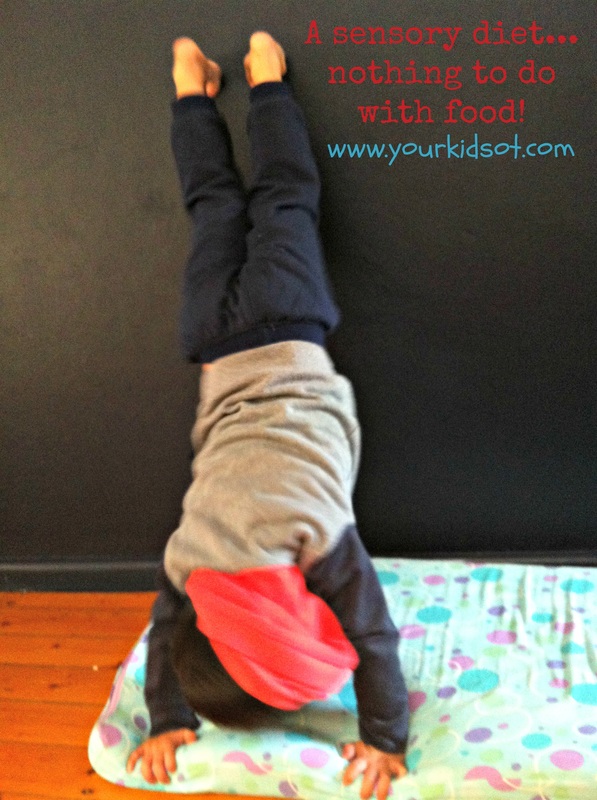

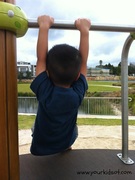
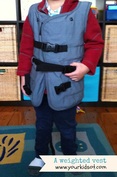
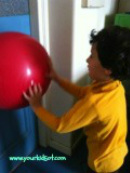
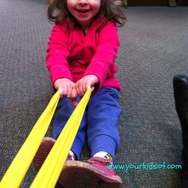
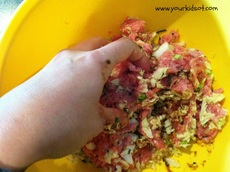
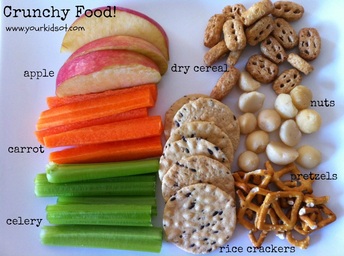
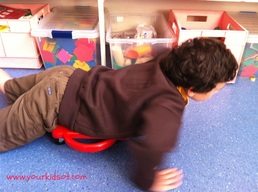
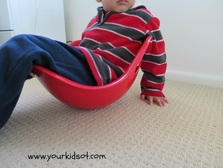
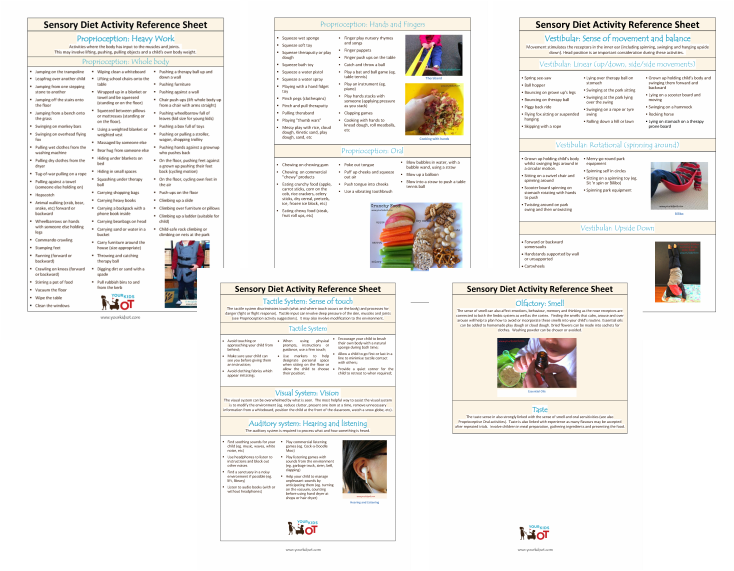
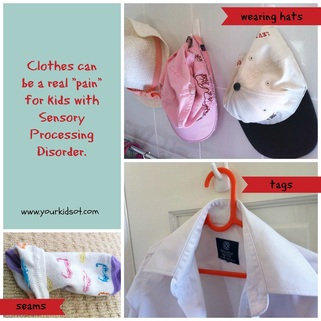
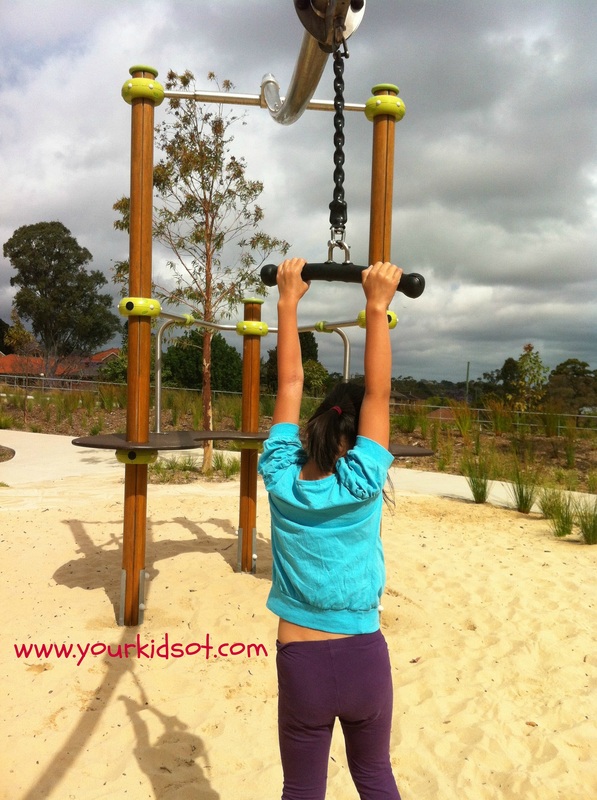

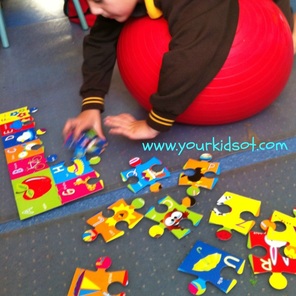
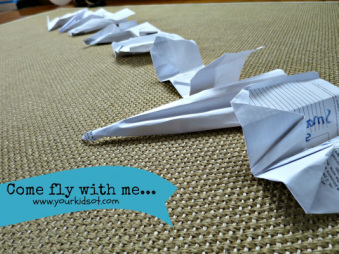
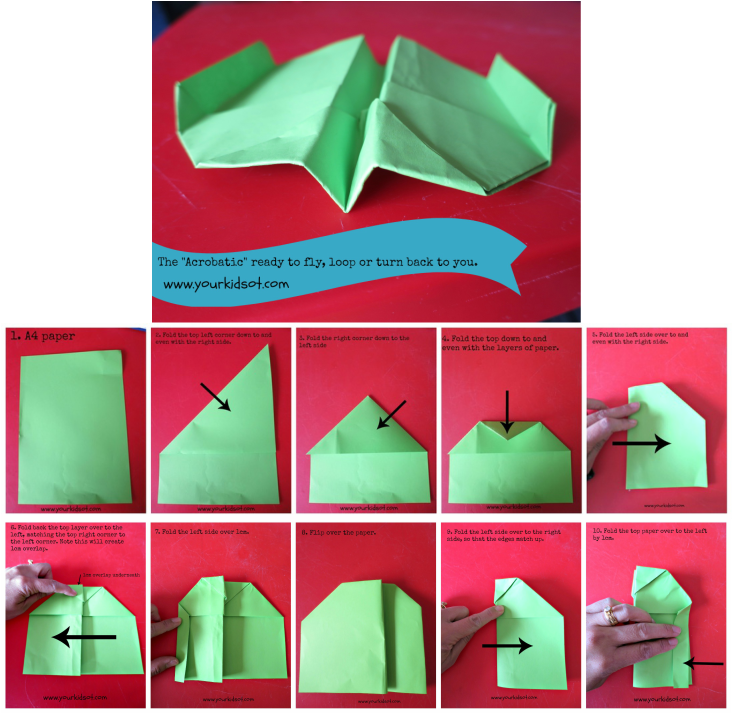

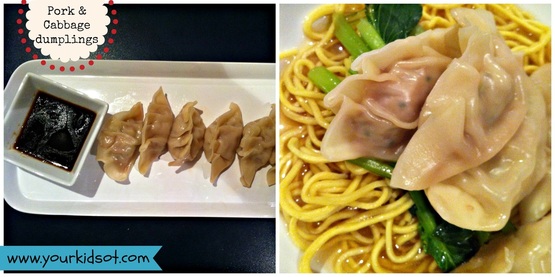

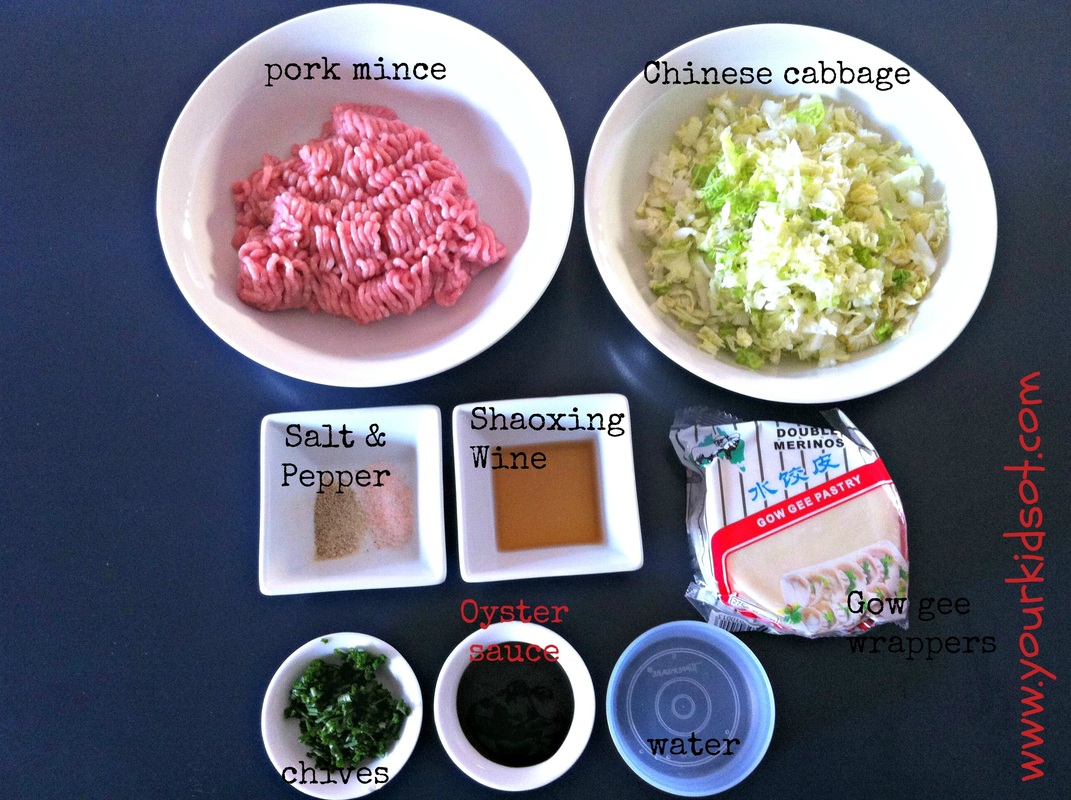
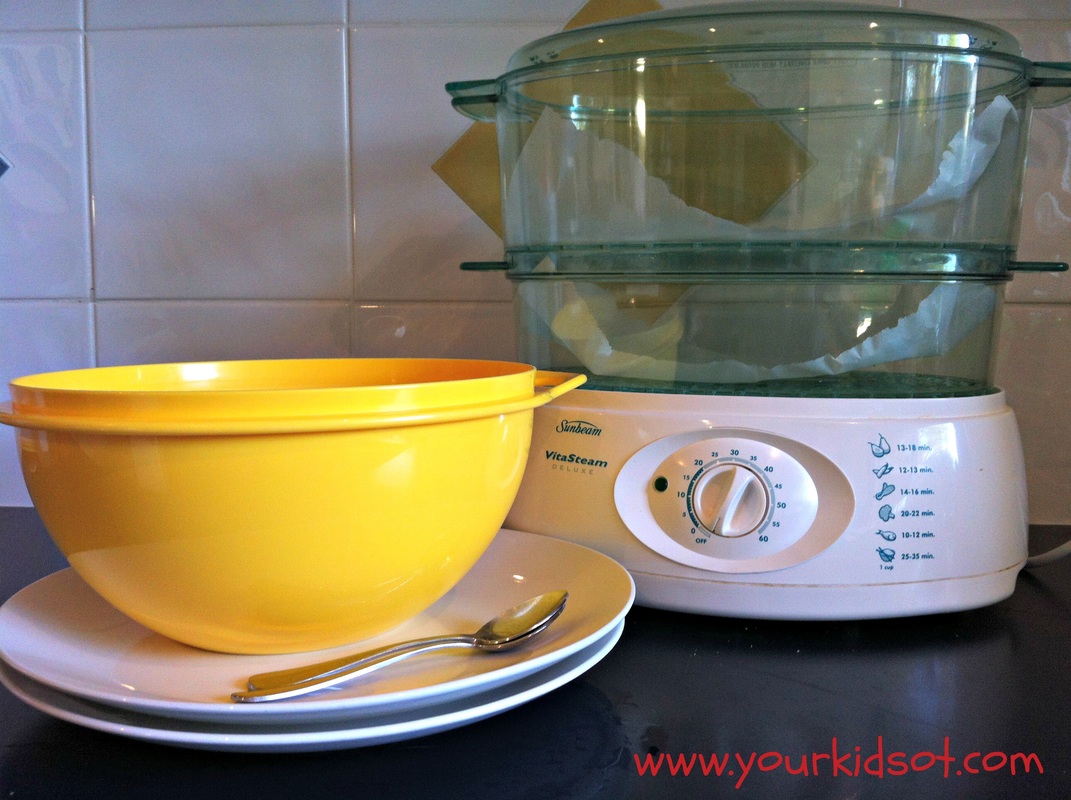



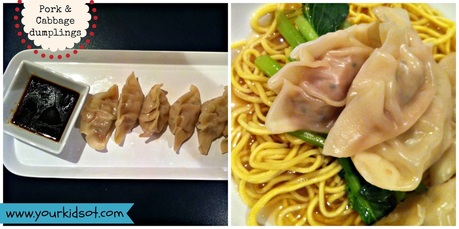

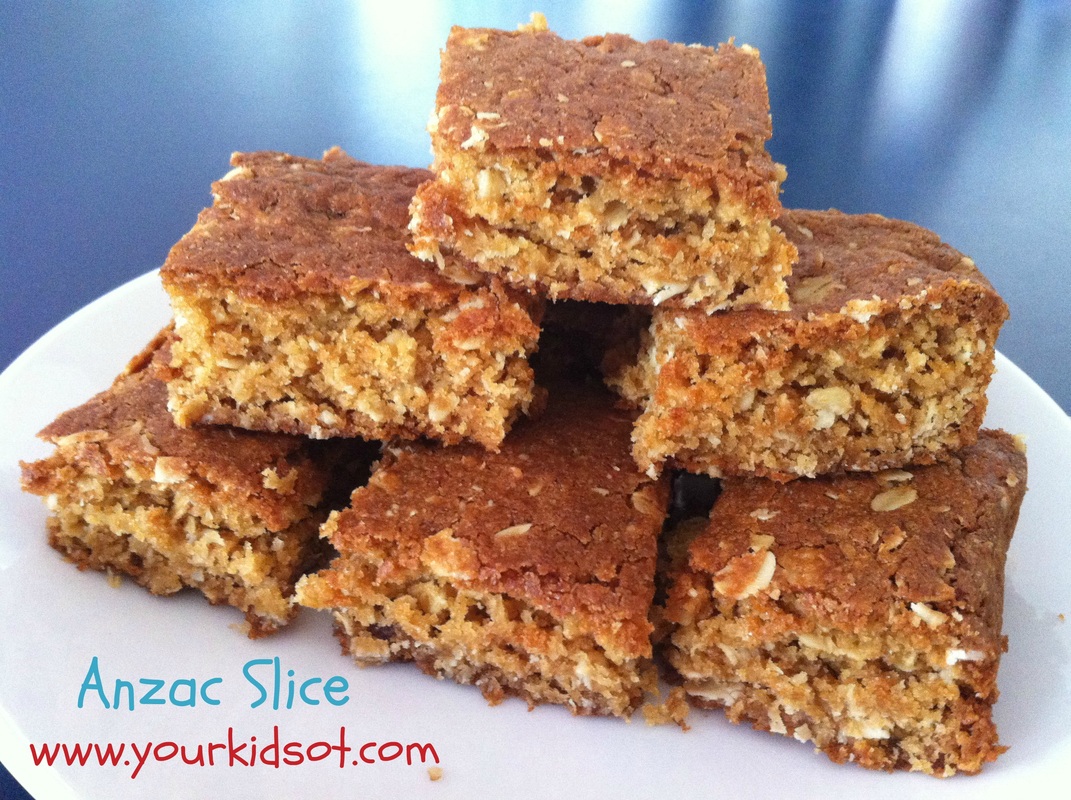
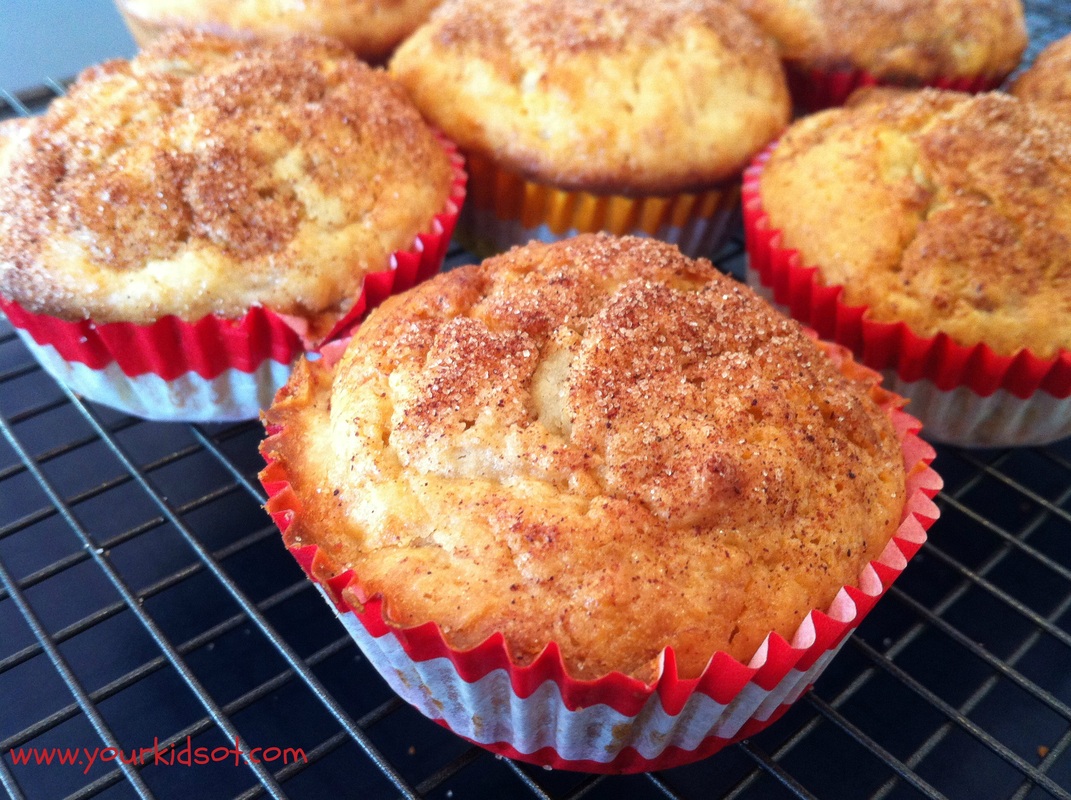
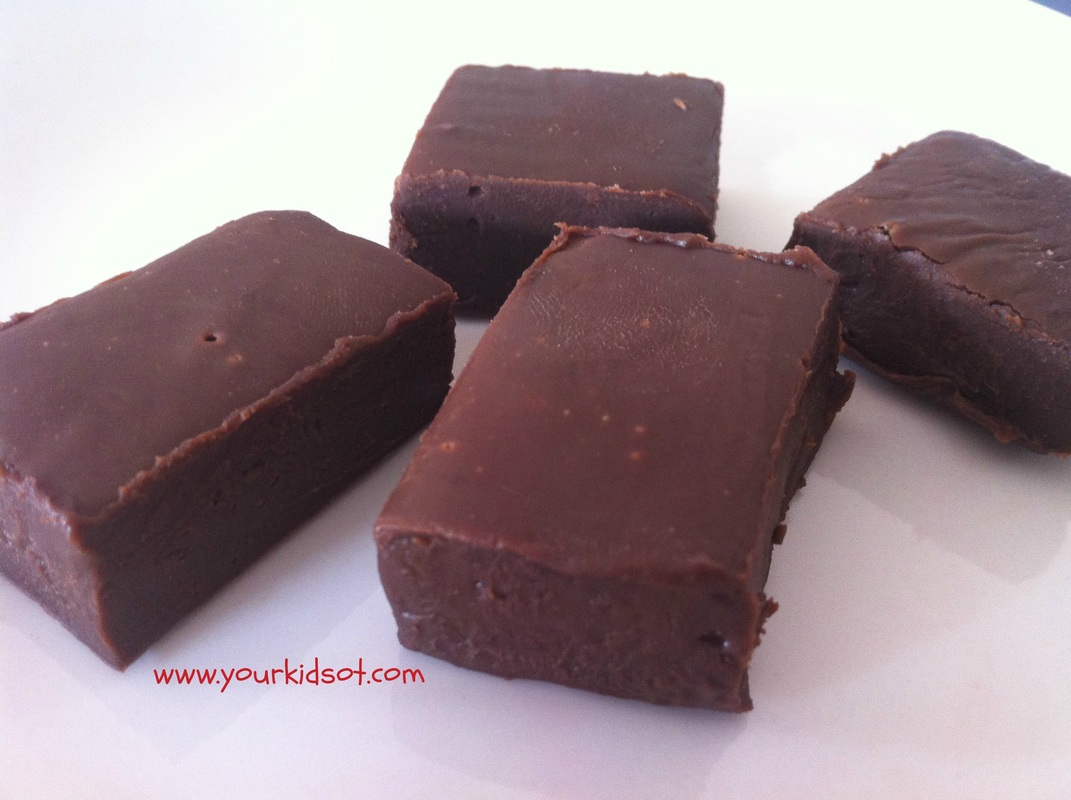
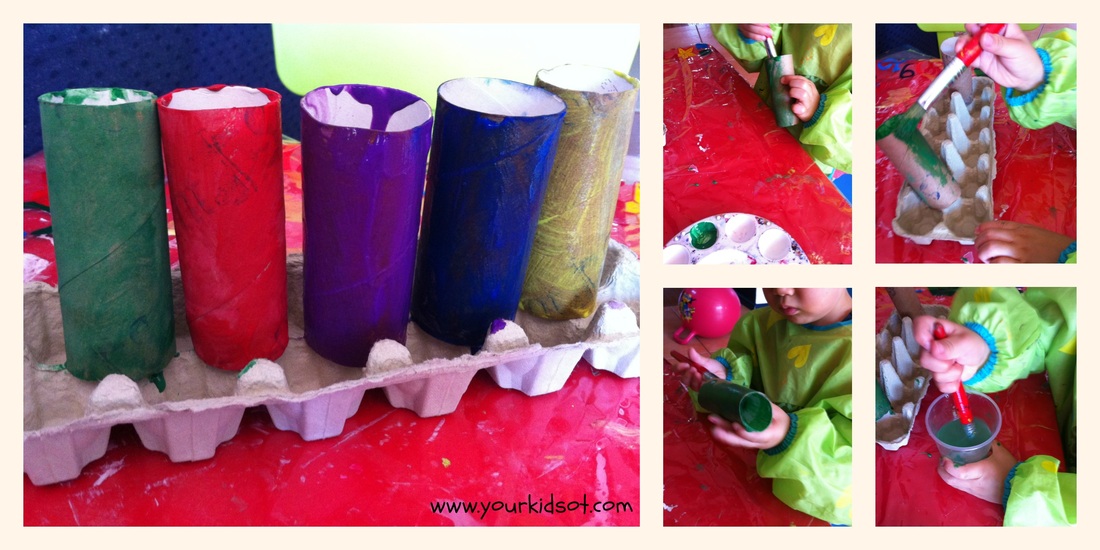
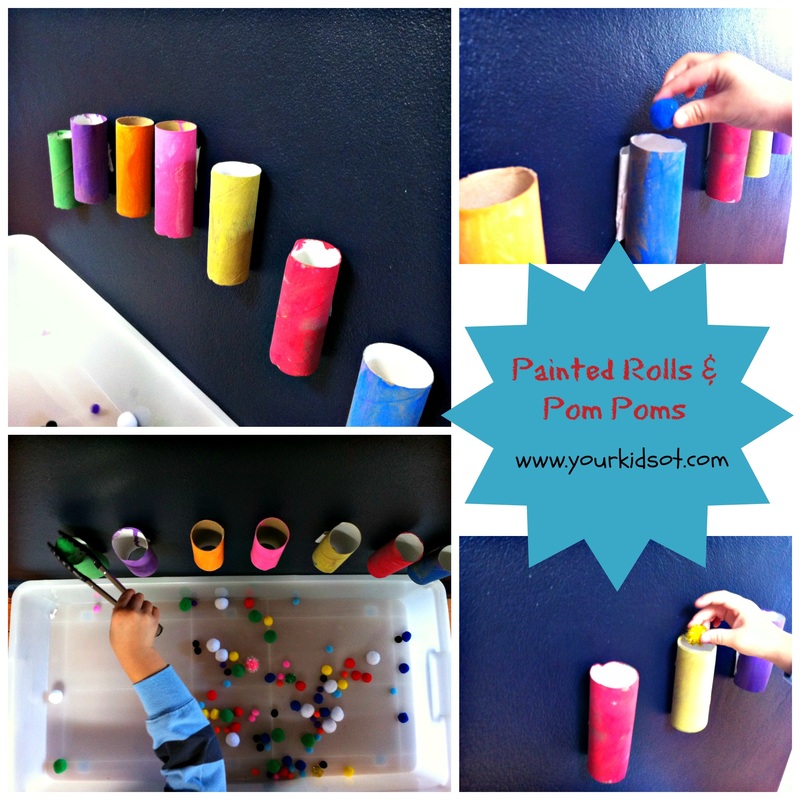

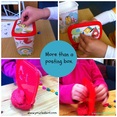
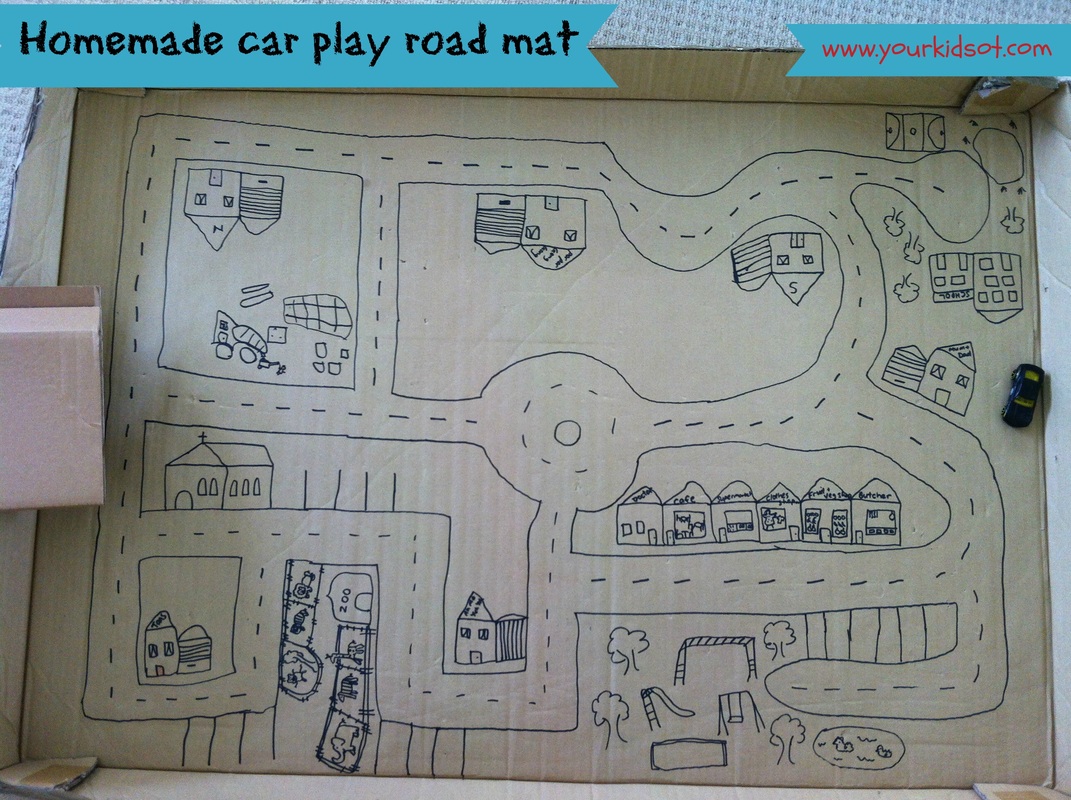
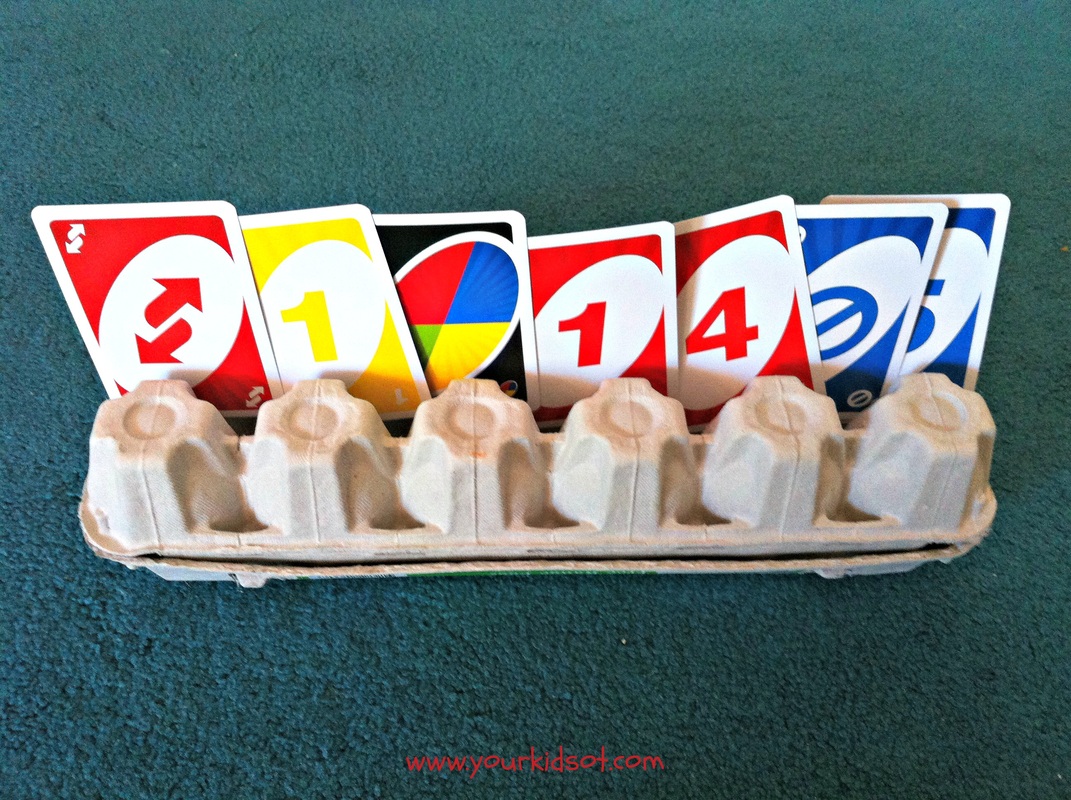
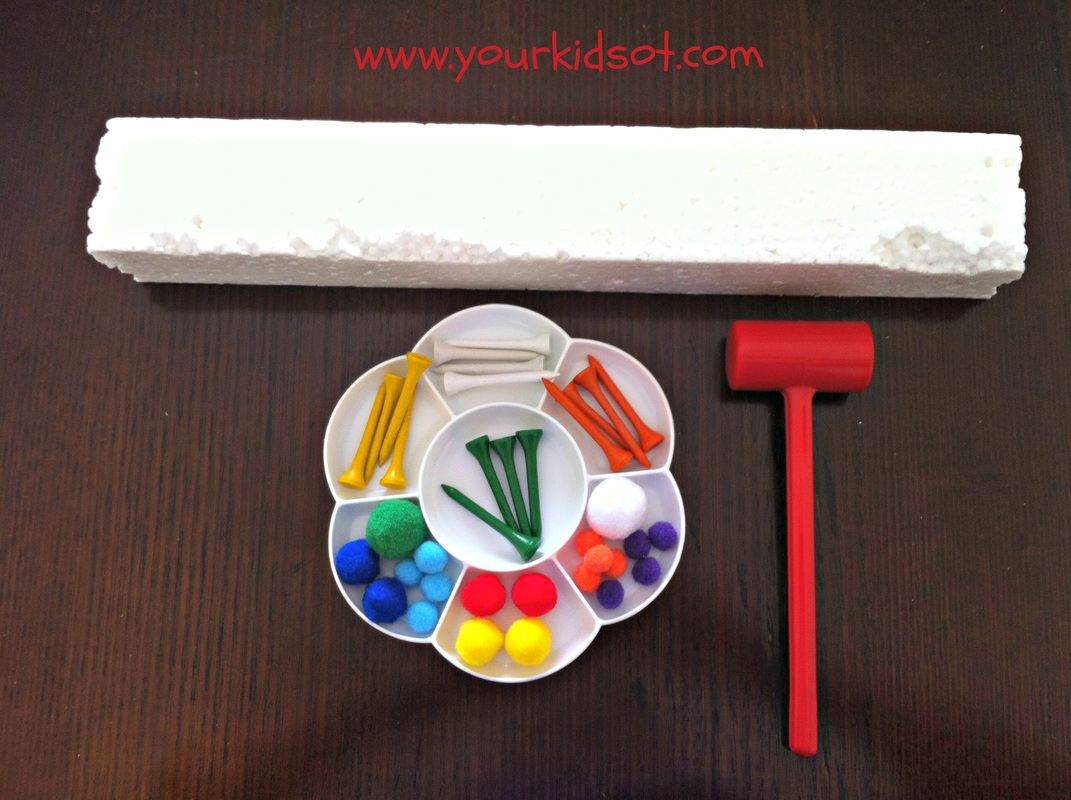

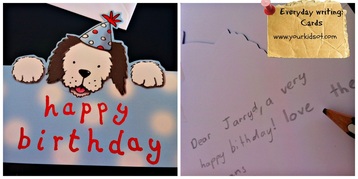
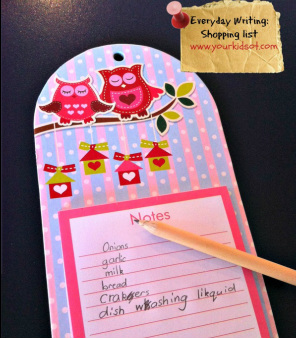
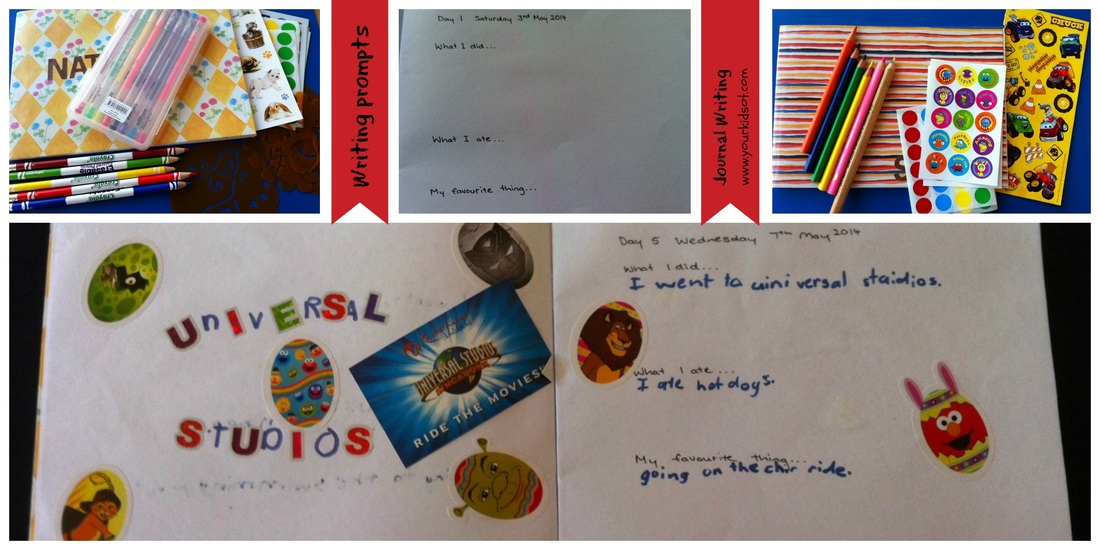
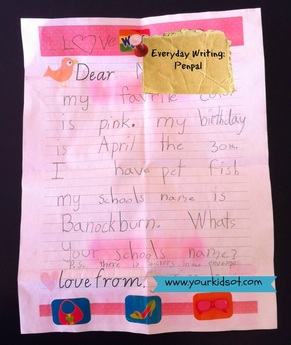

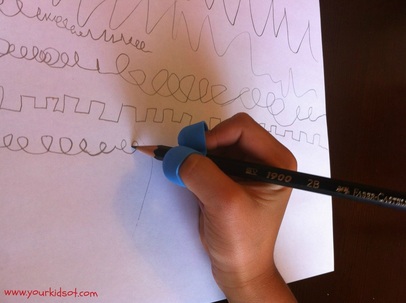
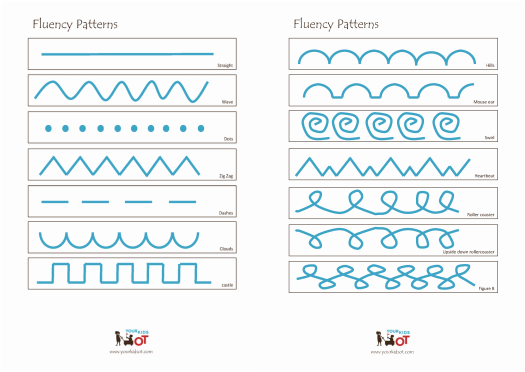
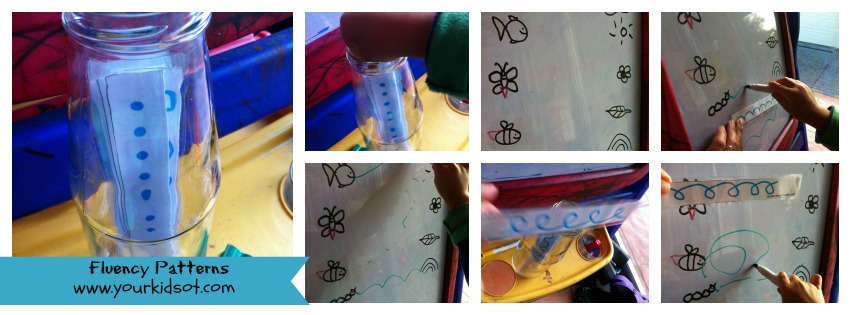


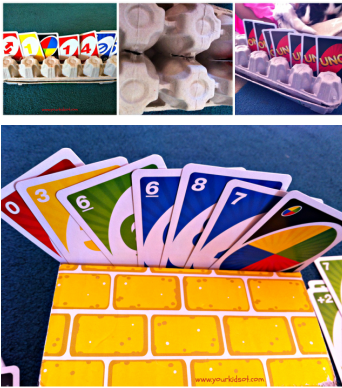
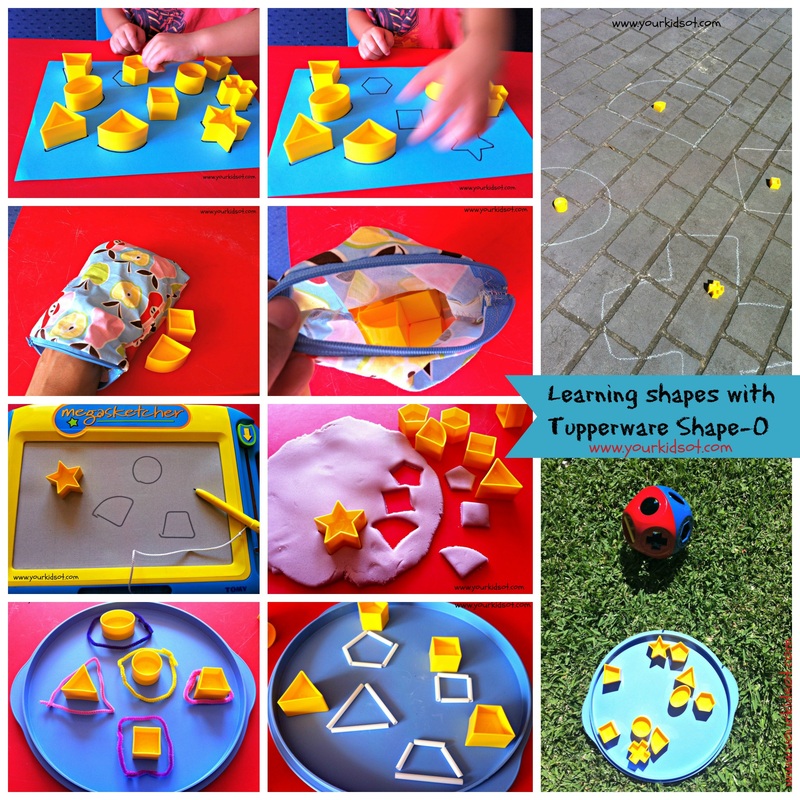
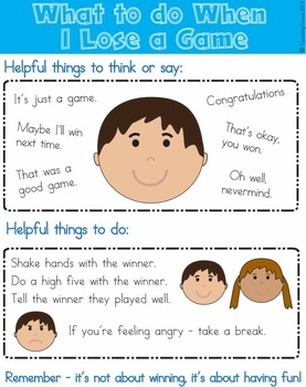


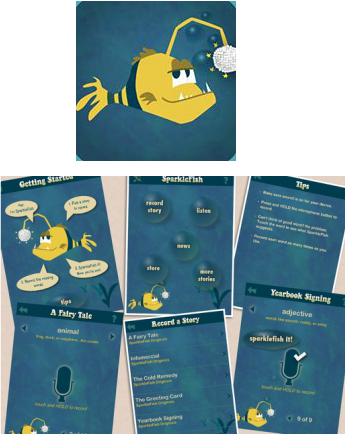
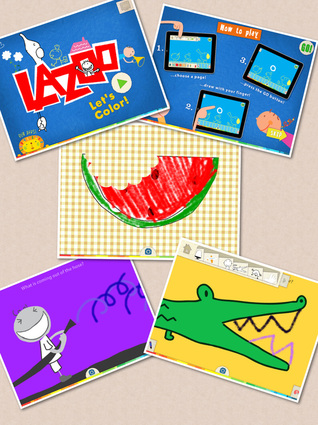
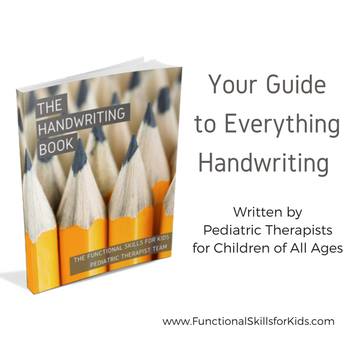

 RSS Feed
RSS Feed
